Samurai Armor, Clothing & Accessories
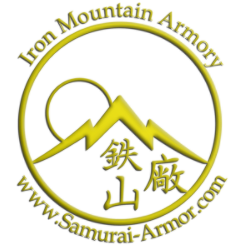
Traditional Armor for the Modern Warrior
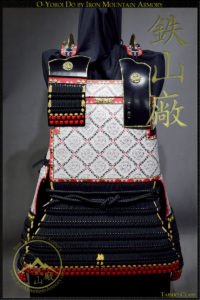
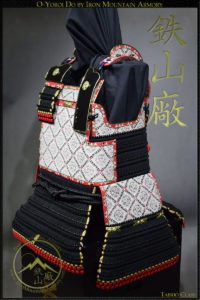
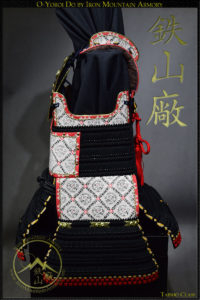
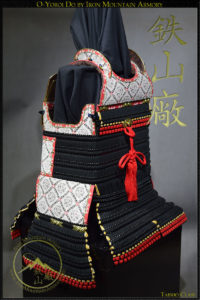
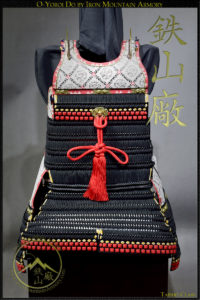
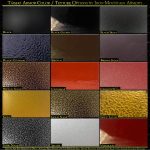
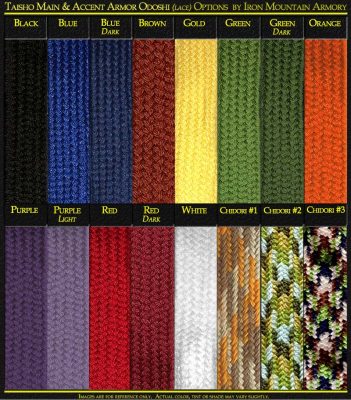
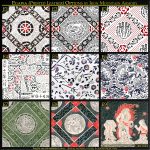
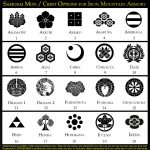
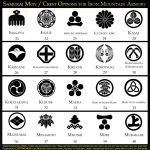
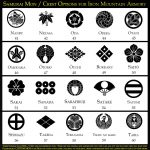
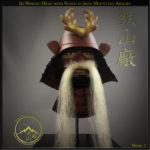
(Life Like Display)
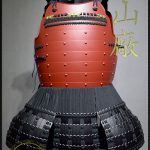
O-Yoroi DO
Taisho Class
$2,349.99 Original price was: $2,349.99.$2,114.99Current price is: $2,114.99. $2,284.19
-
$
-
€
-
£
-
$
-
$
-
¥
-
$
-
CHF
-
ƒ
-
$
-
₱
-
$
-
NT$
-
$
-
₪
-
kr
-
zł
OYD-1T
O-Yoroi or “Great Armor” is a suit of armor with a “boxed shaped” DO (chest armor) design worn between the 11th and early 14th century. It gained its popularity during the Genpei War. The base of the O-Yoroi DO design is “U” shaped and closes with a waidate (side plate) crafted from iron or leather scale plates. The waidate tied under the right armpit, closing the DO, making an armored box around the samurai’s torso. The upper legs are protected by an armored skirt called kusazuri, which is attached to the bottom of the chest plates.
The O-Yoroi took nearly a year to craft and typically cost the average salary of a high-ranking samurai (roughly $55,000 USD in modern times). Because of this time and cost, the o-yoroi was a prestigious armor set worn only by wealthy Daimyo and their high-ranking samurai generals. The material, color and details would often represent the clan in which the samurai belonged or had allegiance to. It was crafted primarily of hon kozane, which where individual iron, sometimes leather scale plates, or in some cases a mixture of both iron and leather scales. The scales where layered in clay and urushi (natural lacquer), then laced with silk, cotton and/or hemp odoshi (braiding). This would create a strong yet flexible suit of armor.
The O-Yoroi was designed as an armor set worn by horse mounted, samurai archers. The box shaped design would allow for the bulk of the weight to rest mainly on the saddle. The slightly rounded chest made for an easy draw of the yumi (tall bow). To help with the release of the string, a layer of leather called “tsuru bashiri gawa” was used to cover the front of the chest to prevent the bow string from snagging on the ridges of the scales. The o-yoroi DO featured kyubi and sendan-no-ita (armpit protectors) to help protect under the arms from strikes while stretching the arms when drawing the bow. Because of these same design features, the o-yoroi was less flexible and more cumbersome to fight in while on foot.
After the first Mongolian invasion of 1274, the samurai adapted new infantry tactics and quickly learned that they needed armor which was more versatile. Although the O-Yoroi was used into the 15th century it fell out of favor around the early to mid-14th century. The O-Yoroi would pick up in popularity again in the mid-edo era. It would be worn in honor of ancient times and/or would be donated to local shrines in honor of ancestors. The O-Yoroi will always be an iconic symbol of the ancient samurai and a proud part of the Samurai’s history.
Features: Taisho Class quality.
- Full sized and fully functional.
- Variation of paint, art silk odoshi colors and traditional features.
- Includes display box and stand.
| Our skilled katchû-shi (armorers) at the Iron Mountain Armory will need at least 2 to 4 weeks, depending on options selected, and other scheduled orders, for the custom handcrafting of your samurai armor set. |
|---|
| For more information, please review our Order Options Explained, Glossary Terms or FAQ Pages. You can also Contact Us directly. We are always happy to be of service. |
| Weight | 8.5 kg |
|---|---|
| Dimensions | 51 × 51 × 61 cm |
1 review for O-Yoroi DO
Taisho Class
Sorry, no reviews match your current selections
 SHIPPING & DELIVERY
SHIPPING & DELIVERY
Unless otherwise noted in the product description, LSE contracts Iron Mountain Armory China to hand make and ship all products. Iron Mountain Armory will drop ship directly to recipient worldwide. Shipping rates and times depend on selected courier / service, individual products, weight / size of item(s) and other details. Delivery times are not guaranteed. Orders are packed and shipped with care. Because we ship worldwide and regulations differ between countries, sometimes extra time is needed when preparing and shipping your package. We make every effort to ship each order in a timely manner.
For more information please review our Shipping &Delivery Policy.
Related products
Out of stock
In stock
In stock
In stock
In stock
In stock
In stock
In stock
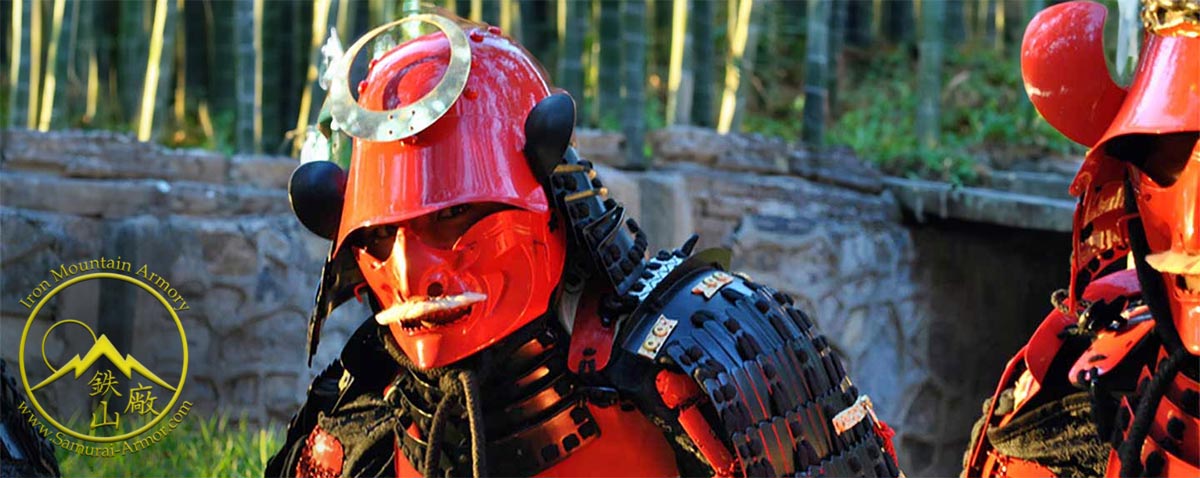
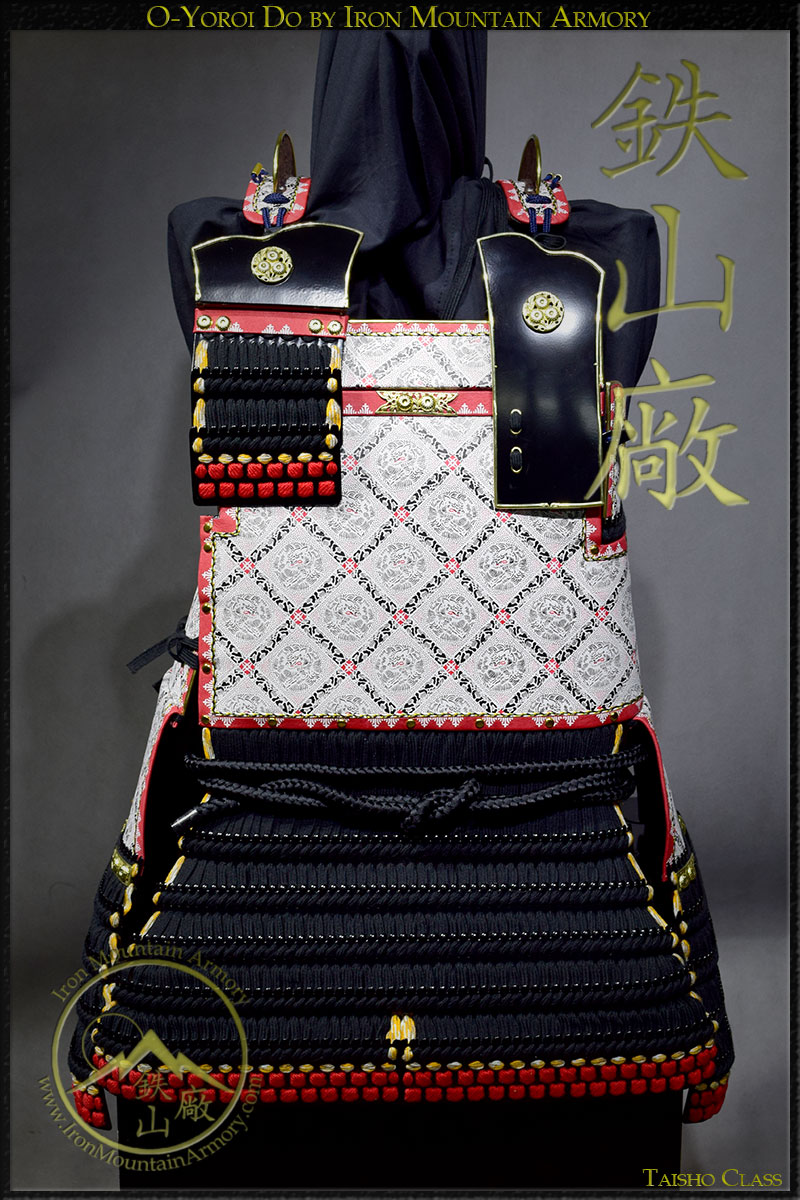
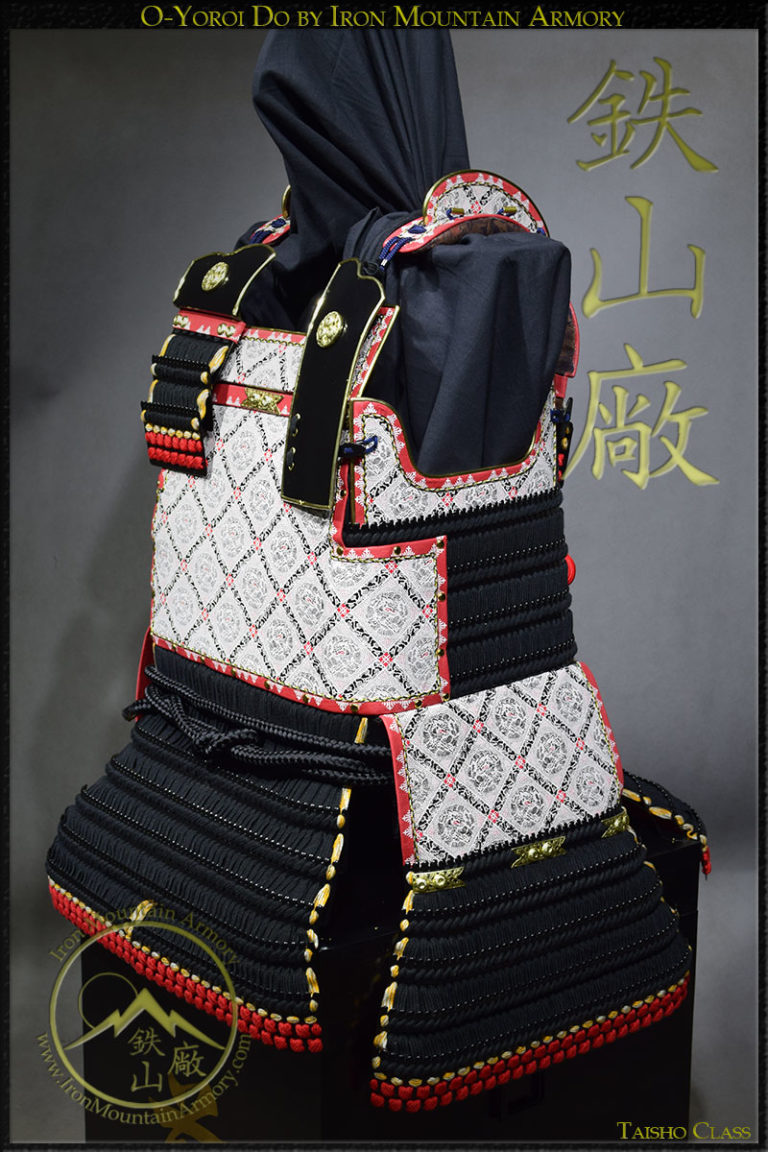
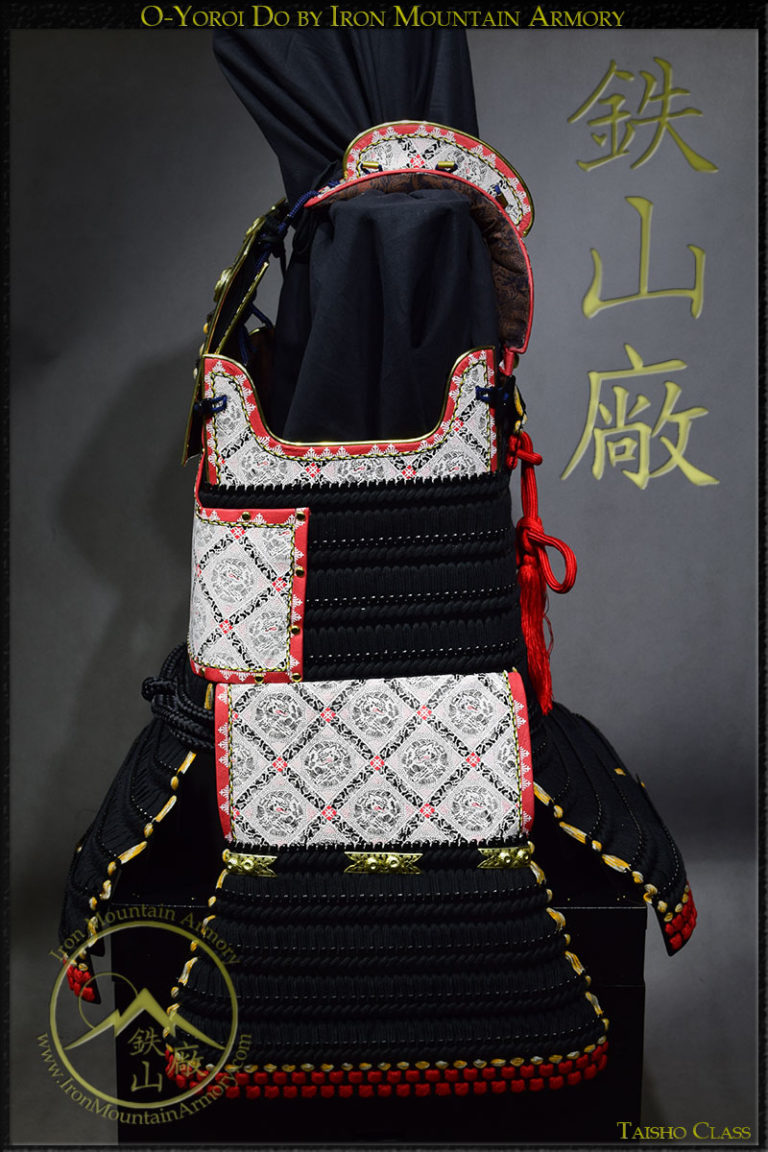
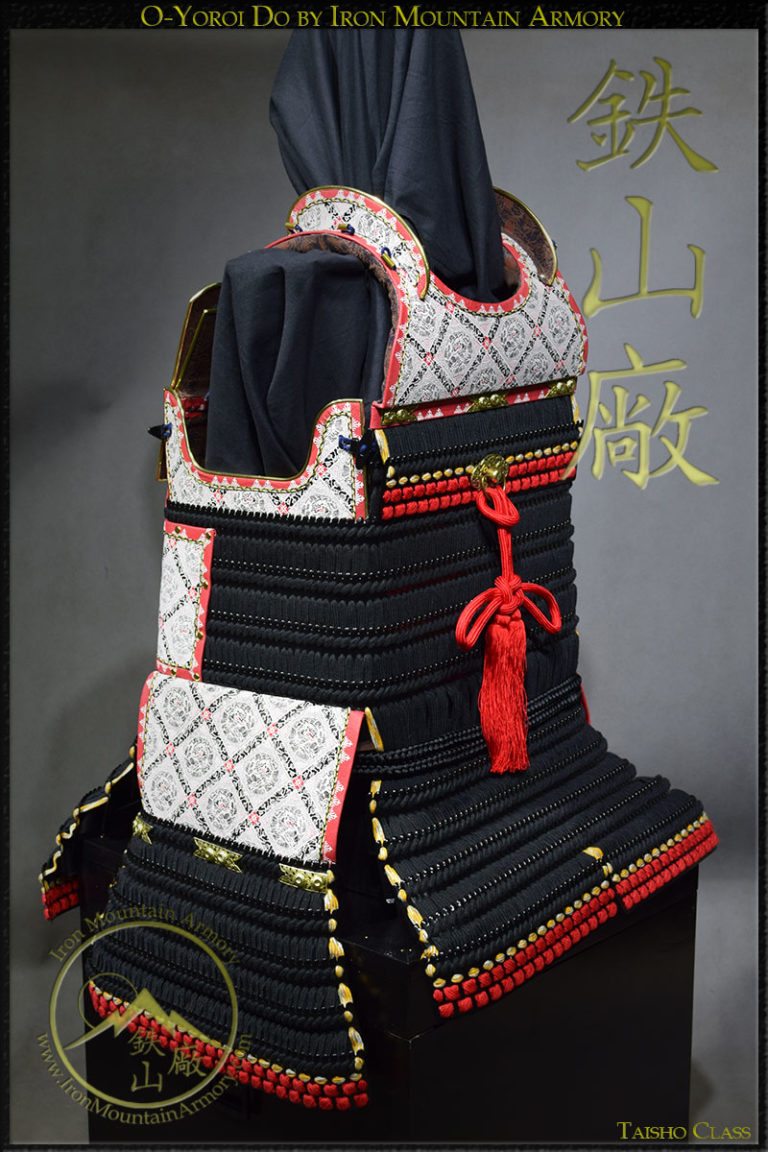
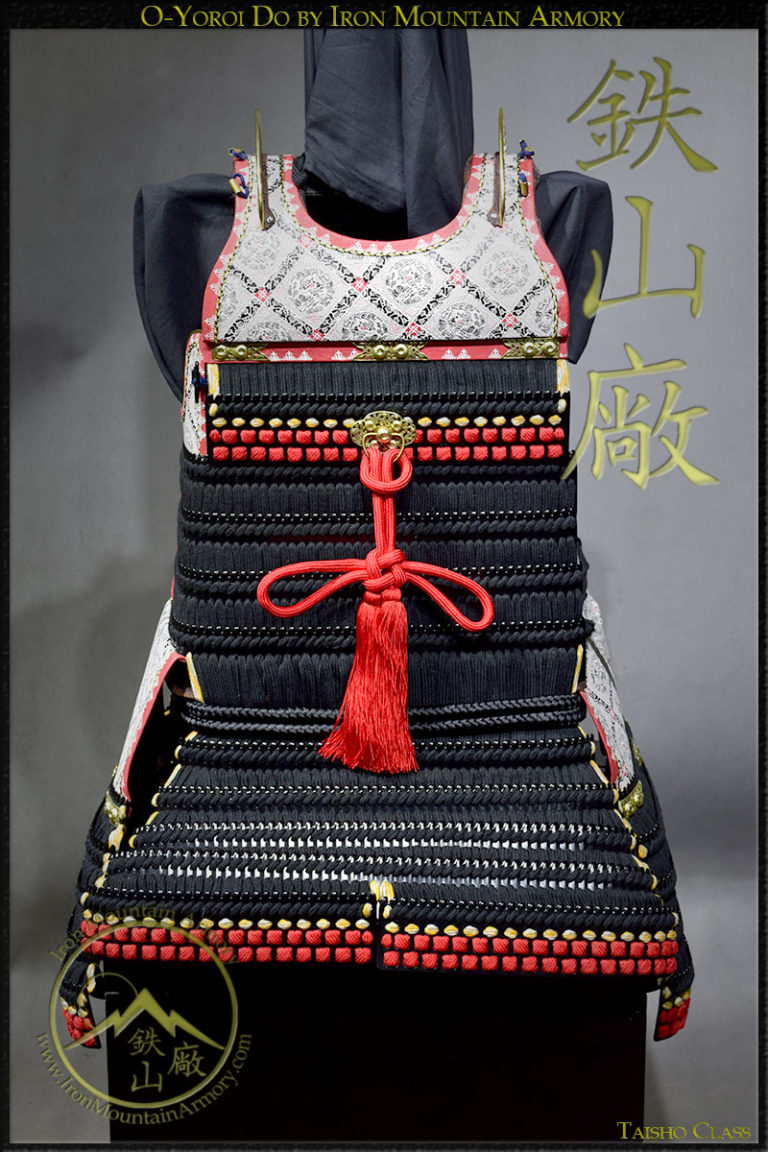
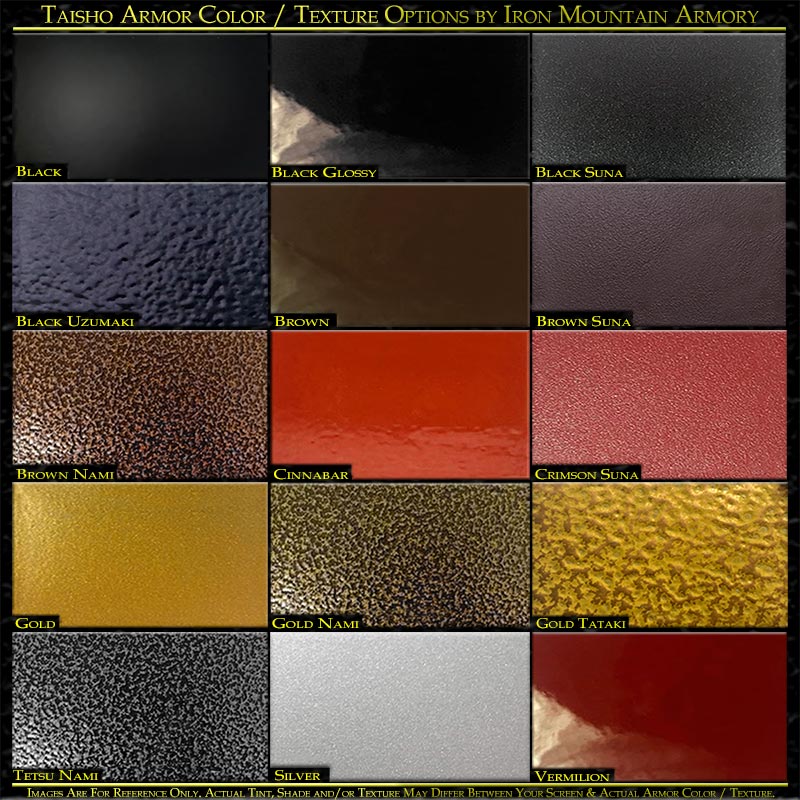
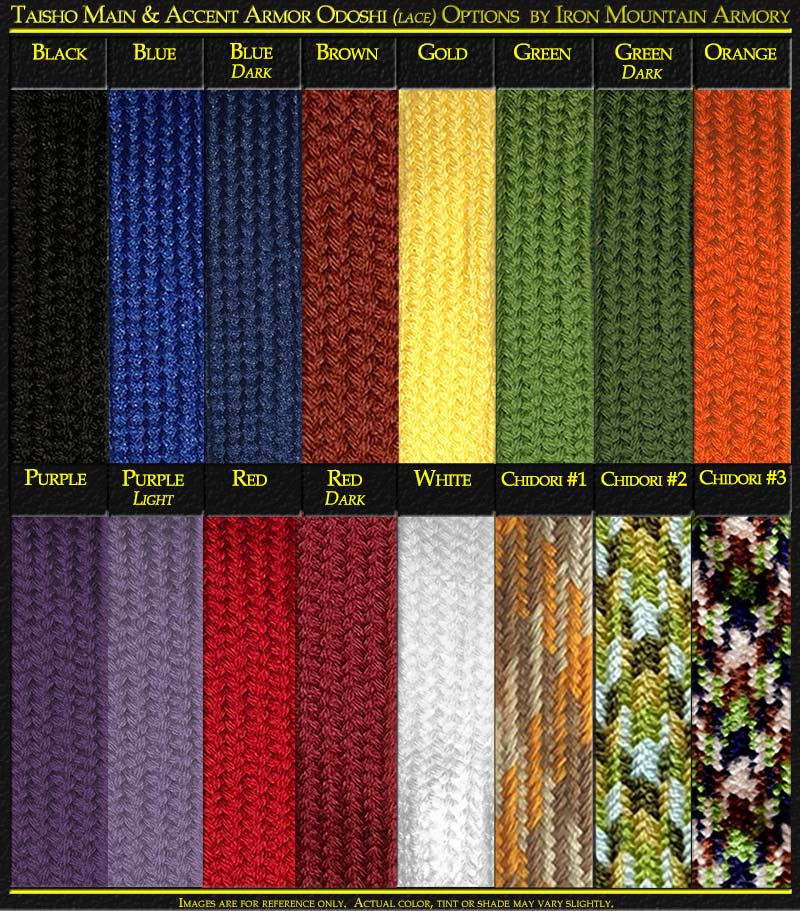
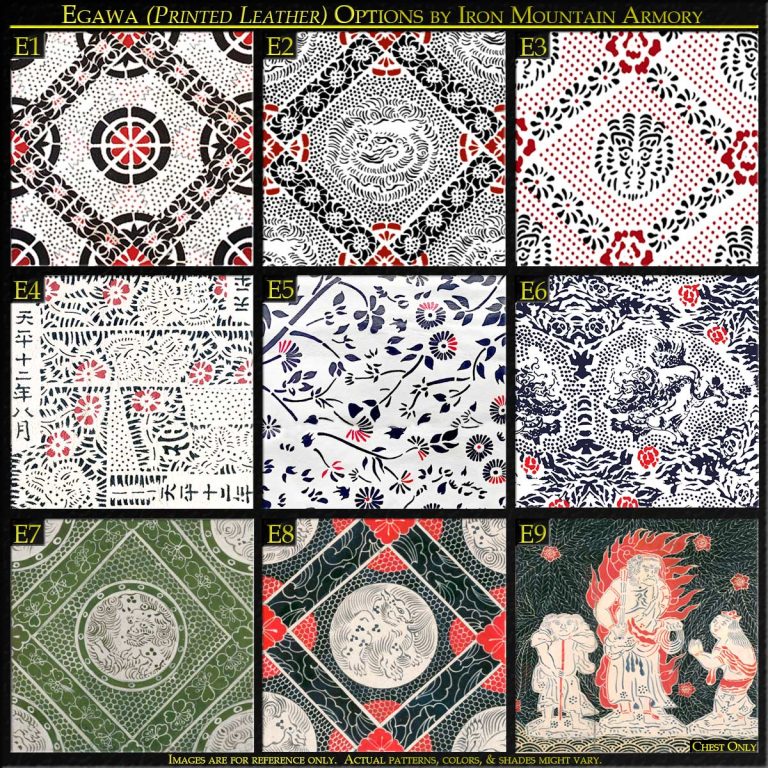
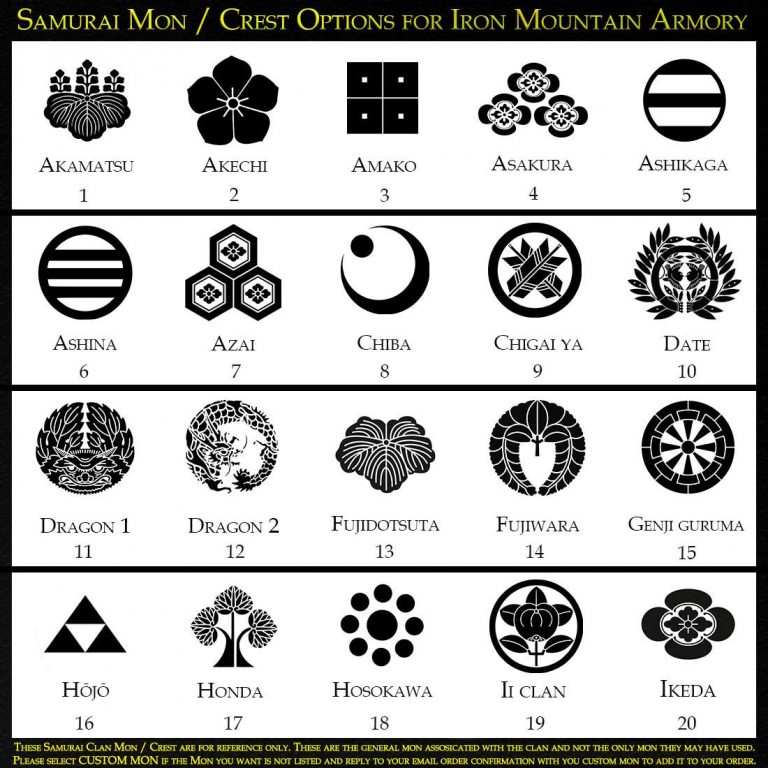

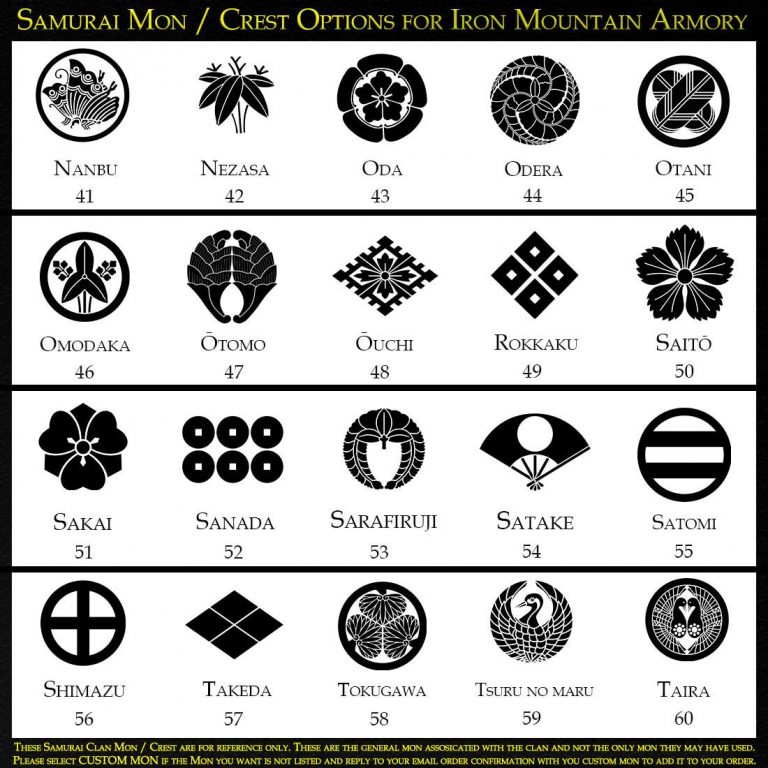
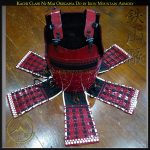
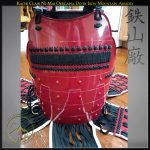
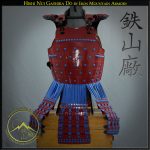
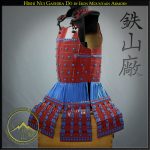
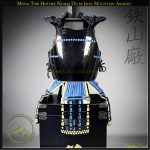
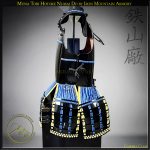
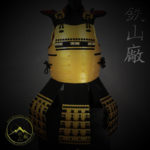

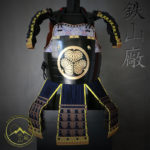

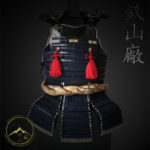
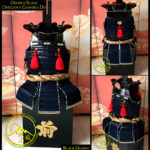
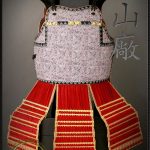
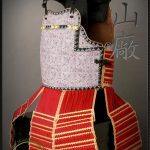
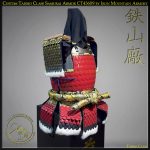
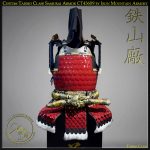
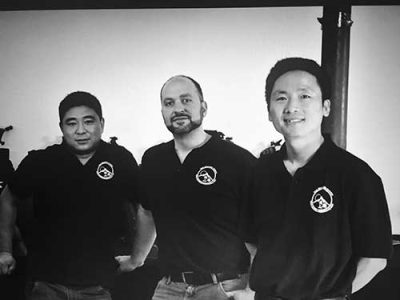
I can personally say that not only is this well worth the money it is a true credit to the craftsmanship of the Taisho class of armour that Iron Mountain Armoury offer. I am extremely happy with my Dou. It now has a special place in my collection.